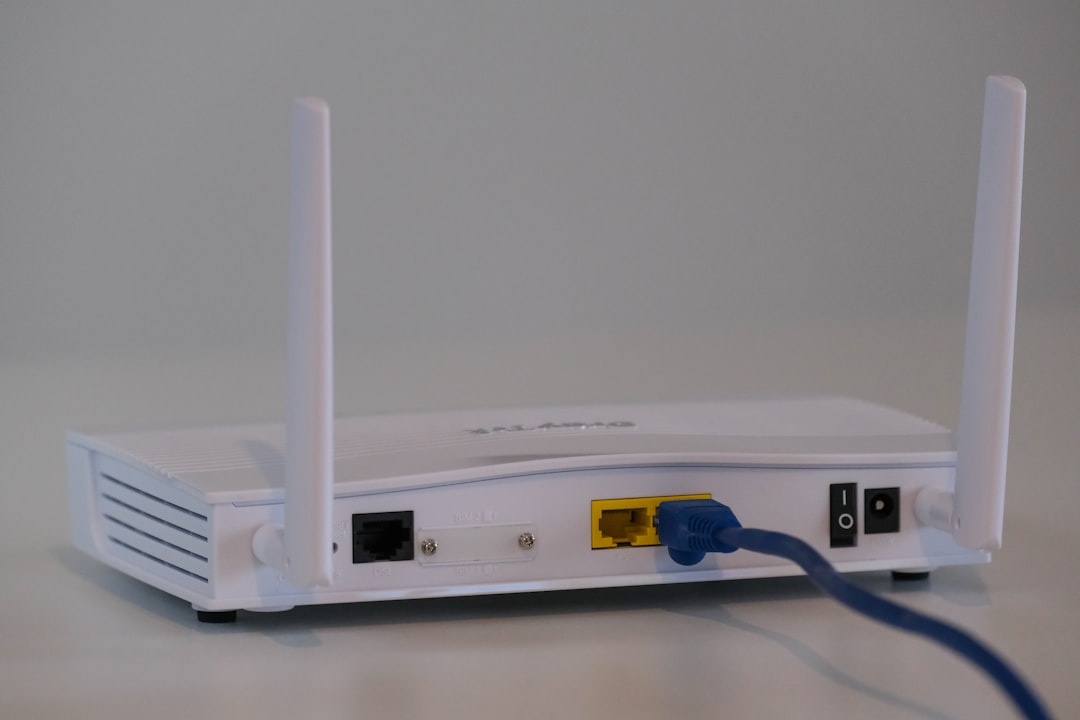In the world of networking, devices require IP addresses to identify themselves on a network and communicate with each other. However, with the rapid expansion of internet-connected devices, the scarcity of IPv4 addresses has become apparent. One of the key technologies used to mitigate this issue is Network Address Translation (NAT). Among various NAT techniques, Dynamic NAT plays a crucial role in optimizing IP address usage and maintaining secure communication between private and public networks.
What is Dynamic NAT?
Dynamic Network Address Translation is a method in which internal, private IP addresses are mapped to a pool of public IP addresses that are assigned on a first-come, first-served basis. Unlike Static NAT, which maps one private IP address to one public IP address, Dynamic NAT uses a group of public IPs dynamically. This allows multiple internal hosts to access external networks such as the Internet, provided there’s a free public IP available in the configured pool at that moment.

How Dynamic NAT Works
When a device on a private network wants to access the internet, the NAT router checks if there’s an available public IP in the dynamic NAT pool. If available, it temporarily maps the private IP to that public IP. This mapping exists only for the duration of the session. Once the session ends, the public IP is returned to the pool, making it available for other devices.
This method is particularly useful in environments where only a limited number of public IP addresses are available, but not all internal devices need constant external connectivity.
Key Characteristics of Dynamic NAT
- Temporary Mapping: IP address mappings exist only for the duration of an active session.
- Uses NAT Pool: Dynamic NAT requires the configuration of a NAT pool—a set of public IP addresses available for use.
- One-to-One per Session: Each private IP can be mapped to only one public IP at a time.
- No Port Translation: Unlike PAT or overload NAT, dynamic NAT does not use port numbers to translate multiple private IPs to a single public IP.
Advantages of Dynamic NAT
- Improved IP Utilization: Efficient use of public IP addresses via sharing through a pool.
- Enhanced Security: Internal IP addresses are hidden from the external network.
- Simpler than PAT: Easier to configure and understand compared to Port Address Translation.
Limitations of Dynamic NAT
- Limited Scalability: The number of simultaneous connections is restricted by the size of the NAT pool.
- No Guaranteed Access: If all public IPs are in use, new outbound connections may be denied.
- No Inbound Access: Like other NAT types, initiating connections from an outside network to an internal host is not allowed without port forwarding.

Common Use Cases
- Corporate environments where several users need temporary Internet access.
- Organizations that have limited public IP addresses assigned by their ISP.
- Network zones where inbound traffic is restricted for security reasons.
Conclusion
Dynamic NAT is a practical solution for systems and organizations that demand secure and efficient communication between internal private networks and external public networks. Though it may not offer the flexibility of PAT or the simplicity of static NAT, its balanced application of security, efficiency, and address management makes it suitable in many professional networking scenarios.
Frequently Asked Questions (FAQ)
- Q: Is Dynamic NAT the same as PAT?
A: No, Dynamic NAT maps private IPs to public IPs on a one-to-one basis temporarily. PAT (Port Address Translation) allows multiple private IPs to share a single public IP using different port numbers. - Q: Can Dynamic NAT be used for incoming traffic?
A: Generally, Dynamic NAT does not support inbound connections unless explicitly configured with static NAT or port forwarding techniques. - Q: What happens when the NAT pool runs out of public IPs?
A: If no public IPs are available in the NAT pool, additional private devices cannot initiate a connection to the public network until an IP is freed. - Q: Is Dynamic NAT secure?
A: Yes, Dynamic NAT enhances network security by hiding internal IP addresses from external networks. However, it should be used in conjunction with firewalls and other security practices.
